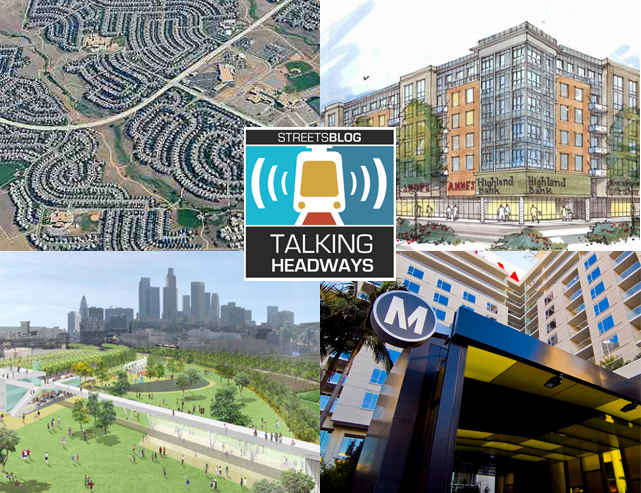This week, we’re going back to the 2020 Rail~Volution conference, where Peter Calthorpe gave the keynote speech with Allison Brooks of the Bay Area Regional Collaborative. Calthorpe shares what he thinks will be the next generation of transit-oriented development, addressing our shortage of affordable housing, and the declining commercial spaces along our arterials.
If you prefer to read, a partial transcript is below the audio player. If you want to read the entire conversation (and don't mind a few typos), click here for the full transcription.
Peter Calthorpe: I want to address something that's kind of at the heart of what’s going on in America today. Typically, foreclosures are evenly spread throughout a region. You know, when downturns happen, when households can't meet their needs, it’s across the board, which was supposed to be a debacle of Wall Street and subprime mortgages. And that seems to be where everybody points their finger. The reality is the foreclosures all came in distant, low-density suburbs.
The truth of the matter is we were building too much of the wrong kind of housing in the wrong place.
And the only way they could move the inventory was to discount the point of sale. That, I think, is at the systemic heart of this: our old paradigm that you just keep building suburbs farther and farther out and that gives you your affordable entry-level housing. It collapsed in 2008, and we have no new paradigm. We have no new solution because the politics of infill, as you all know, is really difficult. I think the answer lies right here in the arterials.
We built the suburbs and the inner suburbs around a network of arterials to enhance the car. We lined it with commercial that is dying now because of Amazon and online retail. We have these ribbons of decay everywhere, which can become the places that we infill redevelop and create opportunities for transit. I call it Grand Boulevards. In typical arterial dimensions, you can have all of this. You can have good sidewalk environments, bikeways, you can have dedicated lanes for transit.
And I’ll talk about what form that takes, and you can even have a few goddamn cars. All right. So that’s a nice idea, but is it just a trivial, put-it-on-the-long-list-of-the-kinds-of-things-we-should-be-doing thing, or is it a systemic strategy? Is it really big? So using Urban Footprint, we went out and did a whole series of studies to look at where this could happen — and also looking at housing costs, land supply, entitlement costs, construction costs, impact fees, affordable subsidies.
These are all the things that stack up. When you have to think about where and how you put housing, and then there’s the politics, which you all know, traffic and transportation. Everybody says, "No more housing here. It’s going to generate traffic, change the neighborhood character, etc. We can’t afford the community services." Well, that’s always true. If you go low density, it's, "We don’t have enough open space. Our schools are overloaded." There’s a whole range of issues here that I think you can actually find systemic solutions to.






